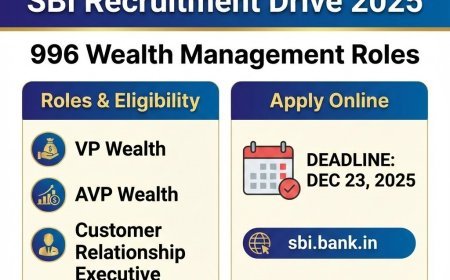NISM Series V A Mutual Fund Distributors Exam Series - 10
NISM Series VA Mutual Fund Distributors Exam Series - 10
Q 1. What is the maximum percentage of perpetual bonds issued by a single issuer that a mutual fund can own?
a) 5%
b) 7%
c) 8%
d) 10%
e) 12%
Q 2. What impact did the dividend distribution tax (DDT) have on the investor's after-tax returns?
a) Increased after-tax returns
b) Decreased after-tax returns
c) Had no impact on after-tax returns
d) Increased the dividend amount
e) None of the above
Q 3. How are the bonus and rights units credited to demat account holders?
a) Indirectly through the fund manager
b) Directly into the investor's bank account
c) Through physical certificates
d) Through a separate demat account
e) Through the regulator
Q 4. In which situations are investors exempt from producing a PAN card for mutual fund investments?
a) Investments made on behalf of the Central/State government
b) Investments in the state of Sikkim
c) Investments by UN entities/Multilateral agencies
d) All of the above
e) None of the above
Q 5. What information must be provided if units are to be held in a demat account?
a) Name of the bank
b) IFSC code
c) Details of the beneficiary account and name and ID of the depository participant (DP)
d) KYC acknowledgment letter
e) Copy of the bank passbook
Q 6. What is the purpose of the advertising and public relations campaigns conducted by the AMC during the NFO process?
a) To attract new fund managers
b) To inform investors about the Scheme Re-Opening Date
c) To comply with SEBI's advertising code
d) To obtain approval from SEBI
e) To distribute profits to existing investors
Q 7. When must investors choose a scheme, plan, option, and pay-out option?
a) After making the application
b) Before making the application
c) At the time of redemption
d) Whenever convenient
e) Never, it is automatically chosen by the mutual fund company
Q 8. Are there currently mutual fund schemes investing in real estate?
a) Yes
b) No
c) Only in certain countries
d) Only in certain regions
e) None of the above
Q 9. What is the Modified Duration measure for debt securities?
a) Sensitivity to changes in interest rates
b) Fluctuation compared to the benchmark index
c) Sensitivity to market volatility
d) Fluctuation compared to its average return
e) None of the above
Q 10. What risks are associated with the inability to sell securities in a mutual fund scheme's portfolio?
a) Credit risk
b) Interest rate risk
c) Currency risk
d) Liquidity risk
e) Market risk
Q 11. What is the standard benchmark for an Equity scheme?
a) S&P BSE100 Index
b) NSE 100 Index
c) Sensex
d) Nifty
e) AAA Bond Index
Q 12. What is the main difference between diversified funds and focused funds?
a) Investment objective
b) Investment strategy
c) Portfolio diversification
d) Risk level
e) Liquidity
Q 13. How does diversification help manage investment risks?
a) By eliminating all investment risks
b) By concentrating investment in a single asset class
c) By reducing the impact of losses from individual investments
d) By increasing the probability of high returns
e) By minimizing the need for market knowledge
Q 14. What risk measurement tools are used to measure credit risk?
a) Diversification
b) Avoidance
c) Credit rating
d) Take a position to benefit from some event/development
e) Credit spreads
Q 15. How do recurring expenses affect investor returns?
a) They do not affect investor returns
b) Higher expenses lead to higher investor returns
c) Higher expenses result in lower net asset value (NAV) and lower investor returns
d) They increase the risk for investors
e) None of the above
Find More Mock Tests Here



